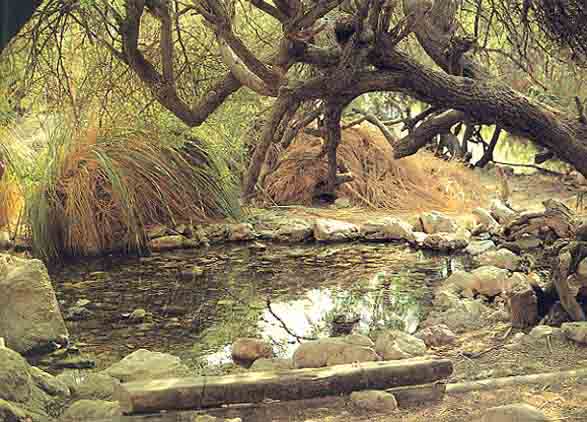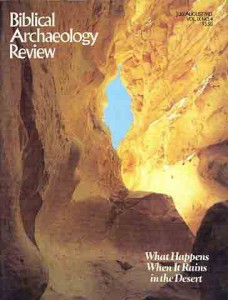The Ark That Wasn’t There
Larry Blaser of Englewood, Colorado, thought he had located the Ark of the Covenant—and enlisted the aid of professional archaeologists

“Found!” proclaimed Lawrence Blaser, referring to the actual cave where David accidentally happened upon King Saul near the spring at Ein Gedi on the shores of the Dead Sea. David could have killed King Saul, but instead he simply cut off the hem of his robe to make the point (1 Samuel 24).
Blaser’s search began in 1958 after he read the works of Ellen G. White, a 19th-century prophet of the Seventh Day Adventist church. In Volume 4 of her Spiritual Gifts, Blaser, a home builder from Englewood, Colorado, read that shortly before the Babylonian destruction of Jerusalem in 587 B.C., the Ark of the Covenant containing the tablets Moses brought down from Mt. Sinai had been removed from the Temple and hidden in a cave. “That sacred Ark is yet hid. It has never been disturbed since it was secreted,” Blaser read.
The Talmud (a written compendium of Jewish oral law and teachings completed by about the fifth century A.D.) preserves a tradition that the Ark was hidden prior to the Babylonian destruction of Solomon’s Temple. Little else about the Ark was written in ancient times, however. The Ark’s fate is not recorded in the Bible. The second book of Maccabees, in the Apocrypha, tells us that it was hidden on Mt. Nebo where Moses first viewed the Holy Land.
Already a library member? Log in here.
Institution user? Log in with your IP address.

